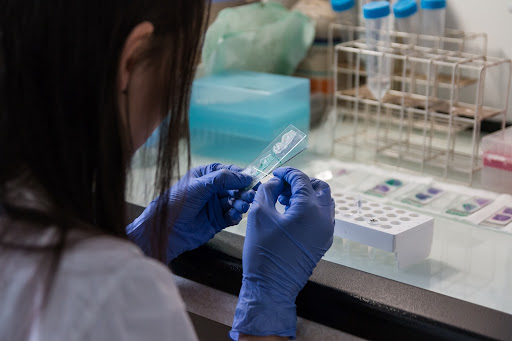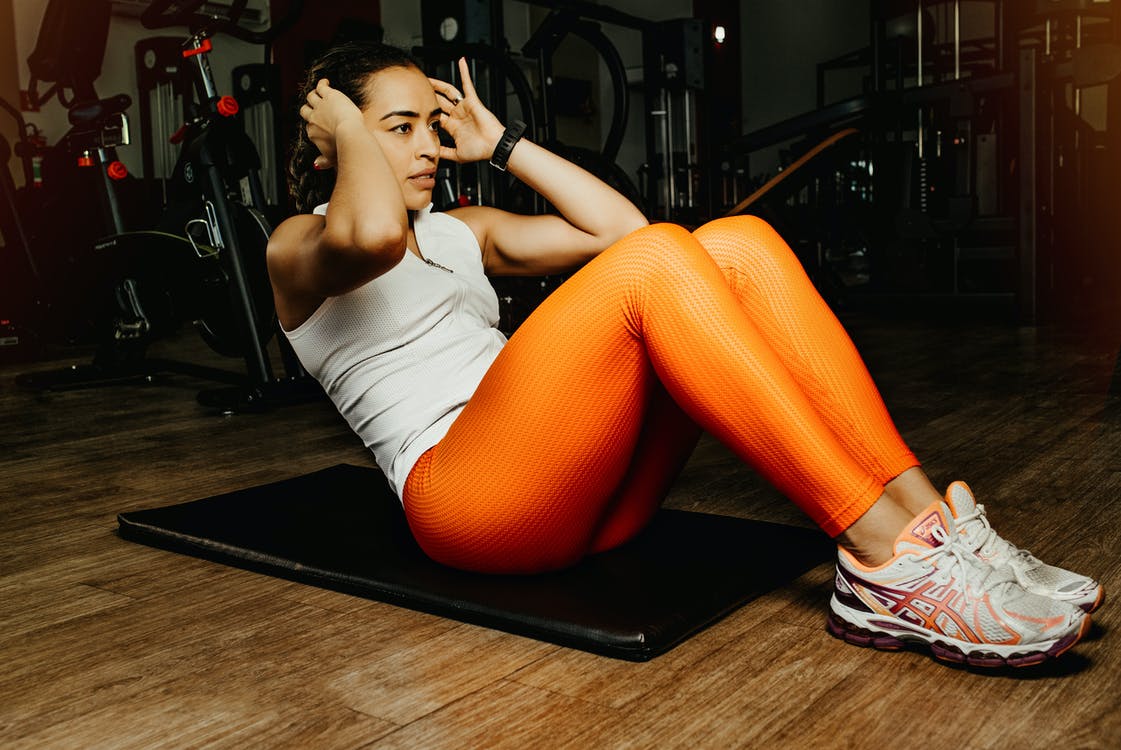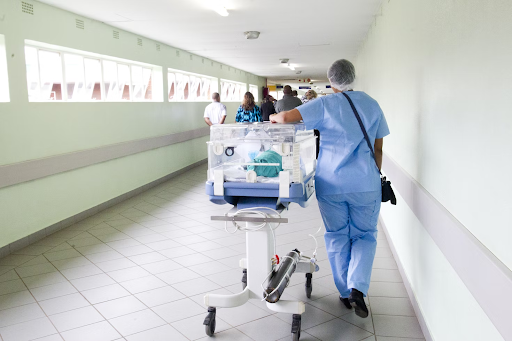Beautiful Benefits: 7 Attractive Advantages Of Cooking With Ceramic-Coated Pans
The best ceramic cookware sets are a fantastic asset for any kitchen, helping home cooks create delicious meals using durable, non-stick, non-toxic pots and pans. If you’re still not convinced, check out these seven attractive advantages of cooking with ceramic-coated pans:
1. Non-Stick
Non-stick cookware can cook food without oil, butter, or other lubricants. Oil is roughly 100 calories per tablespoon, so by the end of a good cook-up with a standard pan, you can have a high-fat, calorie-dense meal on your hands. Ceramic cookware’s naturally non-stick surface allows you to cook healthier meals without the annoyance of food sticking to the pan.
2. Attractive
The best ceramic pans are well-made and aesthetically pleasing. While the look of a pan is not critical, it is nice to have attractive cookware, particularly if your kitchen features open storage like a pan rack. It’s also far more appealing to whip out the cookware and prepare a healthy, home-cooked meal if you like the tools you’re using. So, an attractive set of pans can help you spend more time in the kitchen, improve your cooking skills, and boost your health in the process.
3. Non-Toxic
Many people avoid cookware made with traditional non-stick coatings because of the chemicals released into the air when the pans are used. Chemicals like PFOA, PTFE, and even lead are used in conventional non-stick cookware. Unfortunately, those compounds have many well-documented health risks. PFOA exposure, for example, has been associated with an increased risk of kidney and testicular cancer, immune system damage, and liver function changes. Thankfully, ceramic-coated pans are free of all these chemicals, so you can enjoy cooking for your family without worrying about the impact of nasties leaching into the air and food.
4. Lightweight
If you have issues with dexterity, a lightweight ceramic pan is essential. It enables you to pick up the pan, move it around, shake it, and handle it with ease, cooking up a storm without any problems. It might seem like a minor advantage, but if you’re one of the 24% of Americans with arthritis, lightweight cookware means you can continue to cook for yourself and others despite your condition.
5. Heat Resistant
Thin, low-quality pans will warp and split from exposure to heat much faster than high-quality ceramic pans. Replacing warped pans can be an expensive exercise, and there’s no avoiding it because the warping will impact the pan’s effectiveness. The whole base of the pan may not reach the heat source, which can cause uneven cooking and unpredictable cooking results. Ceramic pans won’t warp, and they can handle higher heat. Teflon non-stick surfaces often chip off into food after being heated to 298 degrees, whereas ceramic can tolerate more than 400 degrees without being negatively impacted.
6. Effective Transfer of Heat
Ceramic pans have a chunky, solid base that evenly distributes heat across the pan. That means your food will be evenly cooked each and every time you whip out your ceramic cookware.
7. Easy To Clean
The average American parent spends the equivalent of a full day cleaning and tidying the house every month. Every little bit helps, and ceramic pans can contribute to a speedier cleanup after a meal as they are non-stick and only require a little dish soap and a soft sponge to clean. Will your next cookware purchase be ceramic? With all the benefits above, it feels like the obvious choice for long-lasting, effective, non-toxic cooking for the family day after day.















